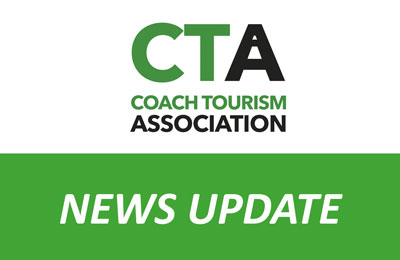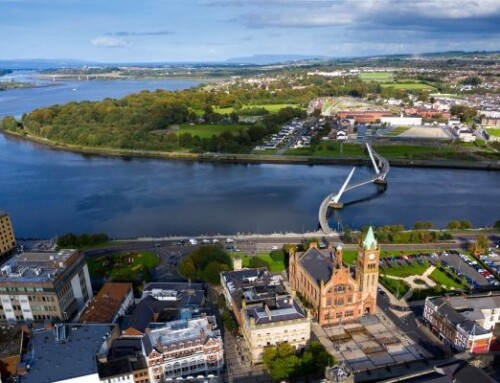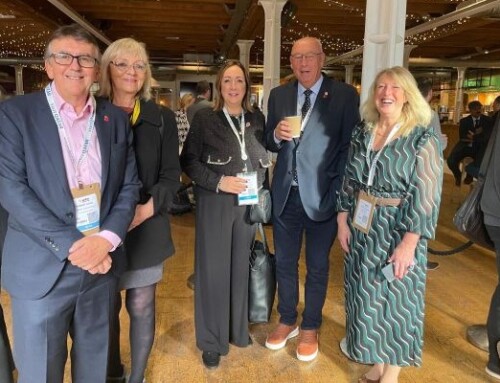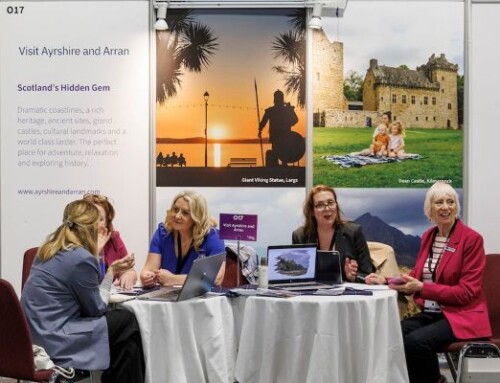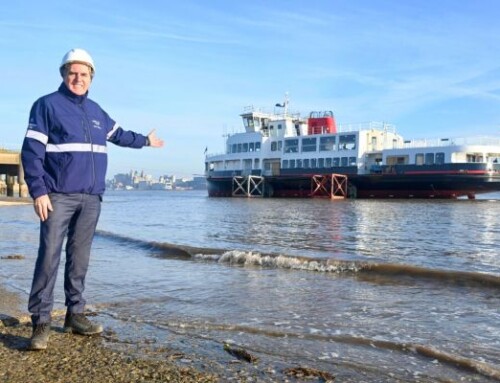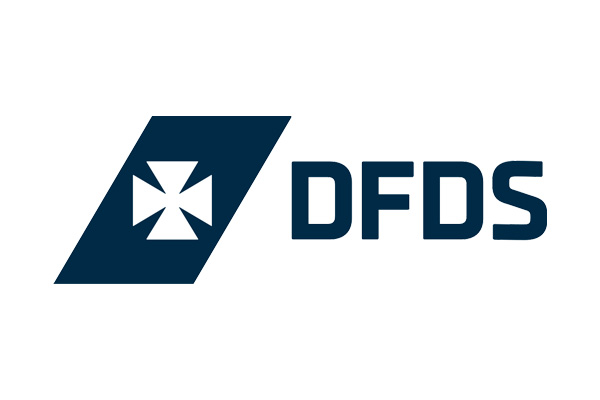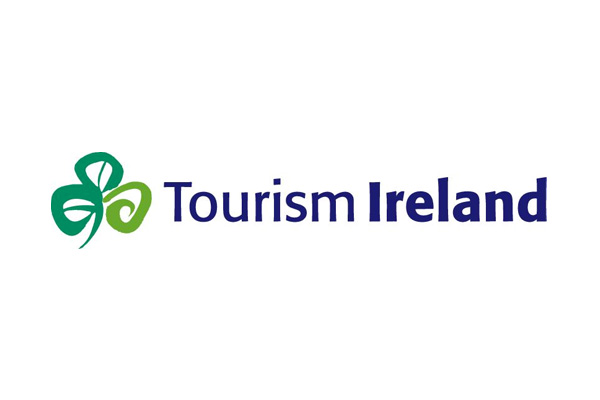COVID-19 Updates – week commencing 30/11/20
More updates of developments from the government and various links to interpretation and guidance.
Go to date:
30 November 2020 …
CPT updates:
SAFER TRANSPORT GUIDANCE FOR OPERATORS UPDATED
The advice document Safer Transport Guidance for Operators was updated ON 26 November by the Department for Transport.
The update contains new information relating to the new local Tier system, and travel over the Christmas period
The guidance reiterates that passengers and people working on the transport network should maintain 2 metres distance from people outside their household or support bubble, where possible
Where a 2 metre distance cannot be maintained, a 1 metre distance can be used, with suitable mitigations such as face coverings, enhanced cleaning and increased ventilation
The guidance also reminds operators that where a less than 2m social distance with mitigations is being utilised this must be clearly set out in your risk assessments
The updated guidance includes information about the rules in place from 2 December
These rules do not place any capacity constraints on Coaches operating private hires or leisure tours
Operators can provide transport services in accordance with the rules that apply to the Tier where they are located and where their passengers originate
Operators can continue to provide transport services which can accommodate separate multiple groups which conform to the requirements of the relevant social contact rules for the relevant regional tier restrictions
SAFER TRANSPORT ADVICE FOR OPERATORS
Tourism Alliance updates:
Postcode Checker
The Government has launched the online Tier level Postcode Checker so that customers can check the restrictions that apply in any destination that they are travelling to and businesses can check where customers are coming from.
https://www.gov.uk/find-coronavirus-local-restrictions
Transmission Risk in the Hospitality Sector
The Government has published a short policy paper that seeks to explain why the Government considers hospitality businesses to be higher risk locations for the spread of coronavirus. The Government’s view is that
-
- Higher risk contacts are those that are close, prolonged, indoors, face-to-face, in poorly ventilated and/or crowded spaces, or involve “loud” activities. These are all prevalent in the hospitality sector
- The general picture in the UK (and overseas) is that it has only been possible to get R consistently below 1 in places where there have been substantial restrictions on hospitality.
- An analysis of 3,184 cases in Japan identified 61 case-clusters that were observed in healthcare and other care facilities, restaurants and bars, workplaces, and music events. The largest clusters in Hong Kong were associated with transmission in bars and at a wedding dinner, both locations in which face masks were not worn. At least 246 cases of coronavirus disease (COVID-19) have been linked to nightclubs in Seoul.
- A report from the US CDC found that those infected with SARS-CoV-2 without known close contact with a person with confirmed COVID-19, case-patients were 2.8x more likely to report dining at a restaurant (aOR = 2.8, 95% CI = 1.9–4.3) or 3.9x more likely to report going to a bar/coffee shop (aOR = 3.9, 95% CI = 1.5–10.1) than were control participants.
Suffice to say that a policy paper the seeks to justify the closure of restaurants and pubs in the UK on the basis of infections in nightclubs in Korea and doesn’t discuss what, if any, mitigation regimes (social distancing, cleaning, mask wearing etc) were in place when the infections occurred in these countries, leaves itself open to criticism.
Test To Release Guidance
The Government has published the guidance to go with the announcement of the new Test To Release scheme that was announced with the publication of the Global Travel Taskforce Report and comes into effect on 15th December for people entering the UK from a non-Air Corridor country. The scheme is voluntary but allows people using it to reduce their quarantine period from 14 days to 5 days. The key features of this are:
-
- The person should book a test with a private test provider before entering the UK – a list of private test providers will be published on GOV.UK soon
- They should then enter the details on the test on their passenger locator form so that they are processed on entry into the UK
- They can decide to take part in the scheme after arriving in England, will need to complete another passenger locator form to do so
- The test is to be taken at least 5 full days after person was in country/territory that is not on the travel corridor list.
- If the test is negative, the person can stop quarantine
- If the test is positive, the person has to stay in quarantine for another 10 days
https://www.gov.uk/guidance/coronavirus-covid-19-test-to-release-for-international-travel
Heritage Location Guidance Updated
The Primary guidance for Heritage Locations on Working Safely During Coronavirus has been updates in line with the new restrictions that come into force on 2nd December and apply to the different Tier levels.
-
- In Tiers 1 & 2 indoor and outdoor heritage sites can open to the public, subject to the relevant social contact rules. As heritage buildings and landscapes can be used for a multitude of different activities, organisations must check if individual activities are permitted under the rules in their respective tier. This includes caps on attendance at large indoor and outdoor events, where applicable.
- In Tier 3, indoor heritage attractions will be required to close. Outdoor heritage locations including historic parks, gardens, landscapes, and ruins and monuments open to the elements, can remain open as long as the social distancing rules are observed. In tier 3, such outdoor sites are subject to the rule of 6, whether you pay to access them or not (as public outdoor spaces similar to public parks).
https://www.gov.uk/guidance/working-safely-during-coronavirus-covid-19/heritage-locations
Good to Go Review
VisitBritain is reviewing the Good to Go scheme which is due to finish at the end of the year to ascertain whether the scheme should continue into 2021 and whether doing so would help the tourism recovery. If you have any views on how beneficial it would be to retain the scheme during 2021, please let me know and I will feed this back to VisitBritain.
New Regional Tier Levels
Here is the full list of English regions by Tier Level. Please note that these new Tier levels will be reviewed after 14 days meaning that they will be in place until 16th December.
https://www.gov.uk/guidance/full-list-of-local-restriction-tiers-by-area
3 December 2020 …
Tourism Alliance updates:
The following guidance has been produced by DCMS to provide more detail for Tourism business – the Visitor Economy Primary guidance is meant to have been updated on the following link but at the time of sending this to you it hasn’t been done.
https://www.gov.uk/guidance/working-safely-during-coronavirus-covid-19/the-visitor-economy
- Points to note include
- Accommodation providers in Tier 3 can check people in on the 22nd dec and out on the 28th Dec
- Coach tours can operate in Tiers 1 and 2
- Guided tours can occur in all Tiers
Christmas Guidance
From 23 December to 27 December, people may choose to form a Christmas bubble. Christmas bubbles can gather in private homes – including second homes and caravans – and in private rented accommodation such as short term holiday lets.
To enable Christmas bubbles to meet between 23 and 27 December, hotels, hostels, B&Bs and boarding houses are permitted to take bookings for leisure travel in all tiers from 22 December to 28 December. Guests must check out on or before 28 December.
- If a member of the Christmas bubble uses the hotel, hostel, B&B or boarding house as their main residence then the Christmas bubble can gather there.
- If no one in the Christmas bubble lives in the hotel, hostel, B&B or boarding house, the Christmas bubble may not stay there together. However, people may still stay in hotels, hostels, B&Bs and boarding houses in permitted groups over this period:
- In Tier 1: Medium alert, in groups of up to 6 people, other than where a legal exemption applies.
- In Tier 2: High alert and Tier 3: Very high alert, in groups of a single household or support bubble.
- Hospitality such as restaurants and bars within hotels and other guest accommodation may operate in accordance with wider tier restrictions:
- In Tier 1: Medium alert, people may attend in groups of up to 6 people, other than where a legal exemption applies.
- In Tier 2: High alert, people may attend with those in their own household or support bubble.
- In Tier 3: Very high alert, hospitality including hotel restaurants and bars will be closed. Accommodation providers will still be able to provide food and drink including alcohol through room service as long as it is ordered by phone or online.
Read full guidance about restrictions over the Christmas period
Travel and Overnight Stays
- These are permitted between Tiers 1 and 2, and people must adhere to the rules of the tier they are in or that in which they usually live, whichever is strictest. Travel into and out of Tier 3 is advised against, but there are exemptions e.g. work and education.
- The list of exemptions for hotels and other guest accommodation to remain open in Tier 3 has been expanded to include: volunteering, medical and respite stays, and education and training for all not just for children.
Business Events and meetings
- Event spaces can be hired out for essential education, work and training purposes.
- Business events are permitted with a cap of 50% or 1000 indoors in Tiers 1 and 2.
- In Tier 3, large business events such as conferences, exhibitions and trade shows are not permitted indoors, or outdoors with the exception of drive-in events.
- In Tier 3, smaller business meetings are advised against, but may take place with up to a total of 30 people if reasonably necessary – for example for the purposes of work that cannot be done at home.
- Meals can be served at business meetings and events, and business meetings can be held in hospitality venues – as long as BEIS guidance is followed.
- Private dining and corporate hospitality are not allowed, and no event should be social in nature.
Outdoor events
- Business events, elite sports, and live performances in performance venues will all operate under restrictions of a cap of 50% or 4000 people, whichever is lower in Tier 1 and a cap of 50% or 2000 people, whichever is lower in Tier 2. The cap does not include venue or site staff.
- In Tier 3 outdoor business events and sporting events are not permitted unless they are drive-in.
- All other outdoor events such as funfairs and fairgrounds, car boot sales, and literary fairs are permitted across all tiers and are not subject to these caps, but they must follow all relevant COVID-Secure guidance.
Other guidance
- Guided tours may operate in line with the relevant social contact restrictions in each tier, meaning all groups would need to be kept separate at all times.
- Coach tours may take place in Tiers 1 and 2, in line with social contact restrictions and with all necessary Covid-secure measures in place. They are advised against in Tier 3 given wider advice against travel.
- Hotels may keep open any onsite facility (such as gyms and spas) not otherwise closed by law outside the hotel setting.
- If a heritage railway service is provided primarily for dining or other recreational purposes; or for the carriage of passengers from the same start and end point then this is an indoor attraction and must close in Tier 3. If the heritage railway service is going from place to place (i.e. point A to point B), it is considered ‘public transport’ and can be permitted if required for the purposes of transport in Tier 3 provided all social distancing and face covering requirements are followed.
